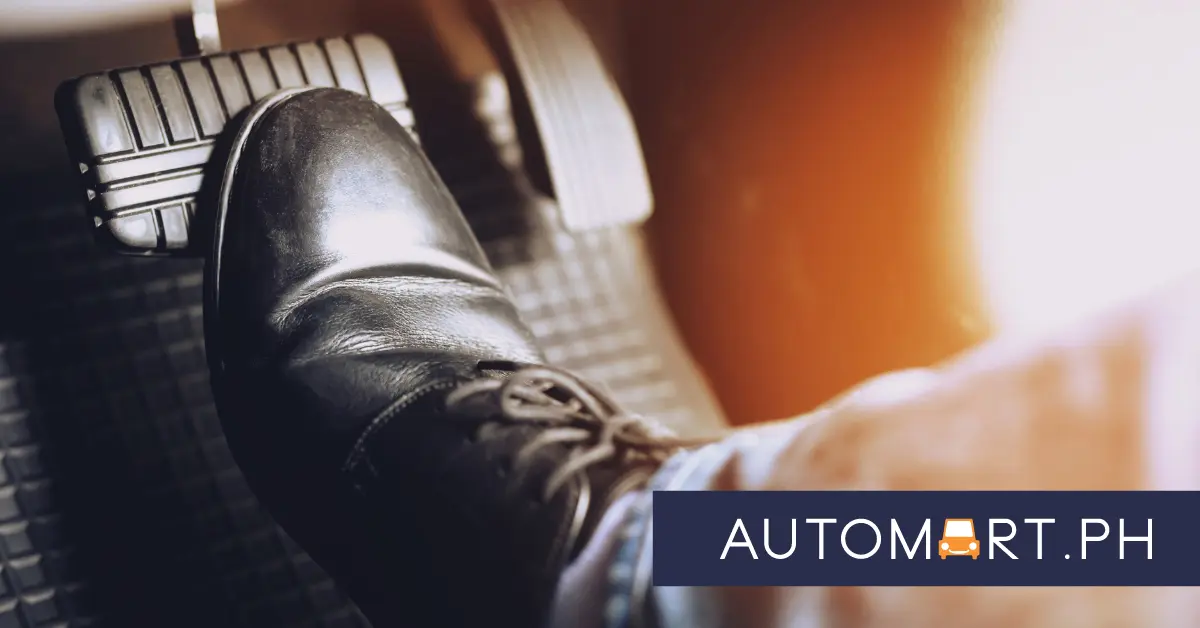
What To Do If Your Brakes Fail While Driving
Updated on December 18 2025
If you think driving side-by-side with humongous trucks on a hilly road is scary, losing your car’s brakes while driving is the most terrifying of all. It only takes a quick Google search to find out that brake failure is currently the most reported cause of truck and bus-related accidents in the Philippines.
But we have good news. While brake failure is a frightening aspect, losing your car’s brakes while driving does not happen often. Distracted driving is more dangerous. According to the US National Highway Traffic Safety Administration (NHTSA), distracted driving accounted for 3,142 deaths caused by road accidents in 2019. On the other hand, brake failure accounts for five percent of car crashes in the United States.

So yeah, the numbers are encouraging, but hold your horses. Considering 5.6-million car crashes happen in America each year, brake failure still causes 300,000 crashes annually. We’re pretty sure the numbers are not as grim in the Philippines, but every driver should know how to react if the brakes fail while driving – it can happen without warning, and you only have a few seconds to respond if you’re lucky.
What to Do If Your Car Loses Braking Power While Driving
Brake failure is like a thief in the night. And since brake failure can happen in an instant, it’s vital to assess the situation even though you only have a few seconds to spare. Make the most of your precious time by following the tips below.
1. Do Not Panic, But Act Quickly
Yes, we know, easier said than done. But if you lose your calm, you also lose the ability to control the car. Remember, your vehicle is like a guided missile at this point, and it’s up to you if the projectile hits a target or drops to the ocean safely. Of course, we all prefer the latter, so keep your mind straight, keep your eyes on the road, hands on the steering wheel, and DO NOT panic.
2. Pump The Brake Pedal Repeatedly
That feeling of having no bite as you step on the brake pedal is hard to describe, but it’s undoubtedly a spine-tingling and chilling experience. Don’t lose hope. The next best thing to do is to pump the brake pedal repeatedly to awaken the brake calipers. Modern vehicles have dual braking systems that allow the rear brakes to continue working even if the front brakes fail. Pump the brake pedal three to four times and keep your fingers crossed. With any luck, the rear brakes could work and bring your car to a stop or reduce your speed at the very minimum.
3. Engage the Hand Brake or Parking Brake
If the brakes still refuse to bite after pumping the pedal, your next recourse is to engage the hand brake or parking brake slowly. The goal here is to reduce your vehicle speed so you can proceed to the next tip. If your car has a conventional hand brake lever, raise it slowly while pressing on the lock mechanism, allowing you to disengage the hand brake at an instant if your car starts sliding or skidding on the road. Keep a firm grip on the wheel with your left hand while doing this to maintain control of the vehicle. The same rule applies if your car has an electronic parking brake or e-brake.
4. Try Downshifting to a Lower Gear
If your car has a manual gearbox, try downshifting to a lower gear as the engine speed allows. If you successfully reduced your speed using the hand brake, there wouldn’t be much drama as you shift to a lower gear. But if you try downshifting to a lower gear at higher speeds, the engine RPMs could rise uncontrollably and add more panic to an already tense situation.

But if your car has an automatic transmission with manually selectable gears or paddle shifters, tap on the minus (-) button to shift down a gear. Remember always to keep your hand on the wheel while doing all of this.
5. Steer Your Car to the Roadside
It all depends on where you were when the vehicle lost its brakes. If on the highway, engage the turn signals and try steering the car to the roadside. If driving on a flyover, your best recourse is to hit the side barriers at a shallow angle and crash the car gently until it reaches a halt. The goal here is to steer the vehicle in a “safer” direction instead of hitting other vehicles or pedestrians on the road.
6. Call for Help
If you successfully stopped the vehicle after losing braking power, engage the hazard lights and call for help immediately. Turn off the engine (if convenient), get out of the car, and find a safe place to make your call. Since your vehicle is unsafe to drive at this point, you may need to contact your friendly towing service.
Conclusion
Always keep your eyes on the road and hands on the wheel while driving. Having a sense of awareness will help significantly in any emergency. More importantly, make it a habit to minimize distractions when behind the wheel. Keep your car in tiptop shape to prevent brake failures and the like.